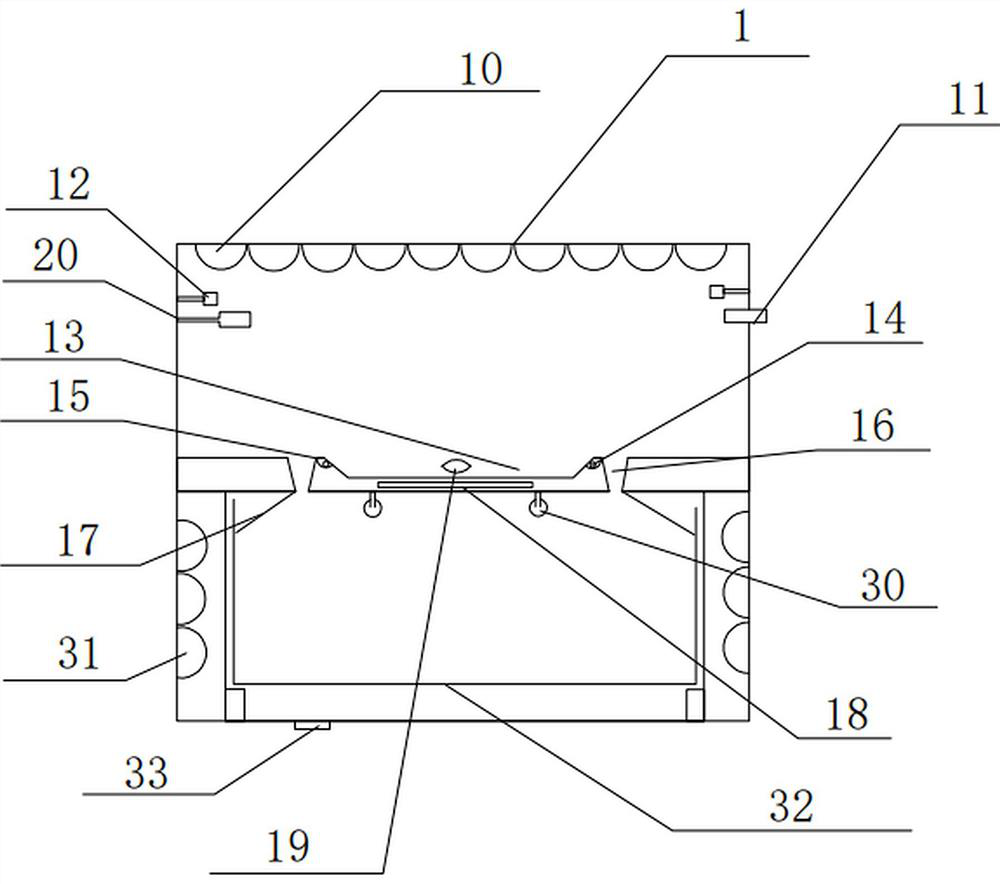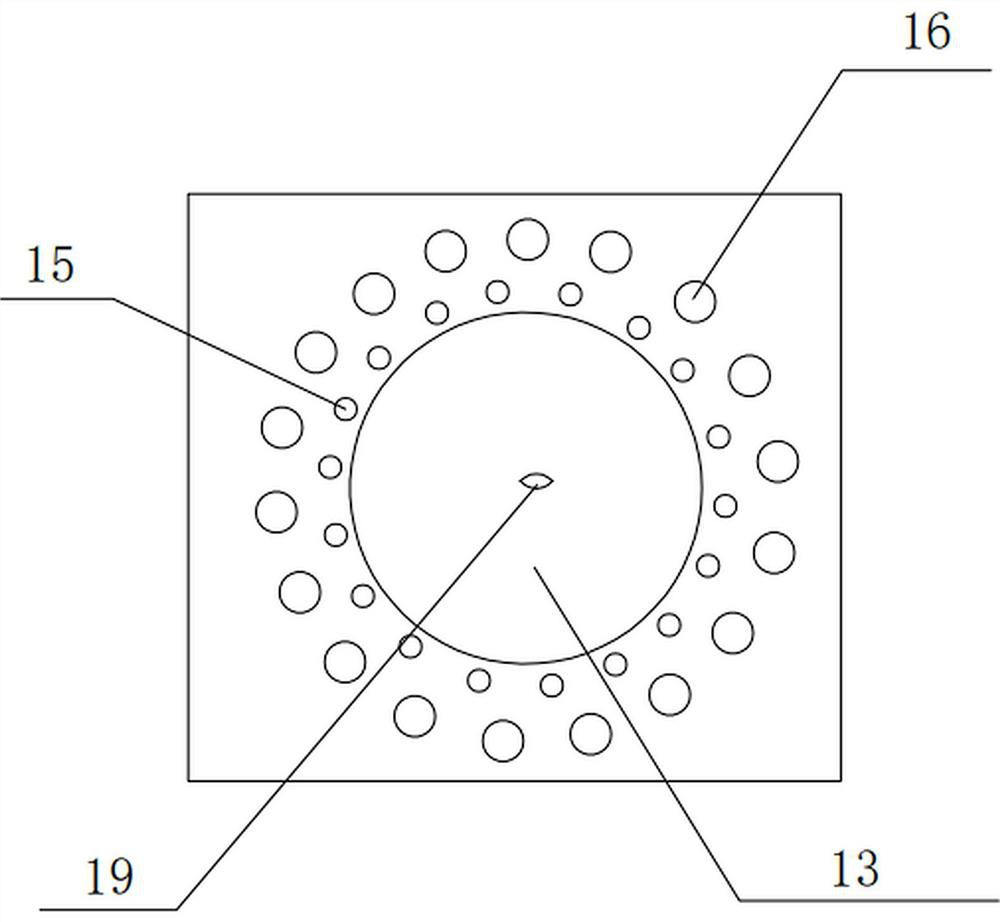Method for artificially cultivating toad maggots
A toad-eating and artificial technology, applied in animal husbandry and other directions, can solve the problems of uneven content of toad-eating ingredients, uncleaned toad filth, difficult and stable acquisition, etc., and achieves short breeding cycle, uniform quality, The effect of stable breeding conditions for maggots
- Summary
- Abstract
- Description
- Claims
- Application Information
AI Technical Summary
Problems solved by technology
Method used
Image
Examples
Embodiment 1
[0031] A method for artificially cultivating toad-eating worms, comprising the following steps:
[0032] S1, cleaning: wash 16kg of live toads with clear water; then put the toads into the mixture for 72 hours;
[0033] S2, pulping: take out the toad in S1, wash it with flowing water for 20 hours, take out the toad, beat it to stun, then beat the toad evenly, add 40 g of selenite triglyceride mixture and 100 g of honey, and beat again evenly to obtain mixed toad pulp;
[0034] S3, raising maggots: pour the mixed toad slurry into the maggot raising pond in the maggot raising box, put the porous microspheres into the grid box 15, then put the golden fly into the maggot producing room, adjust the light, humidity and temperature, Turn on the ventilation device, turn on the magnetic stirring device, the giant head fly will continue to eat the mixed toad pulp and reproduce from generation to generation. On the fifth day, the largest number of toad-eating insects will be obtained;
[
Embodiment 2
[0046] A method for artificially cultivating toad-eating worms, comprising the following steps:
[0047] S1, cleaning: wash 18kg of live toads with clear water; then put the toads into the mixture for 72 hours;
[0048] S2, pulping: take out the toad in S1, wash it with flowing water for 22 hours, take out the toad, beat it to stun, then beat the toad evenly, add 44g of triglyceride selenite mixture and 110g of honey, and beat evenly again to obtain mixed toad pulp;
[0049] S3, maggot breeding: pour the mixed toad slurry into the maggot breeding pool in the maggot breeding box, put the porous microspheres into the grid box, then put the golden fly into the maggot production room, adjust the light, humidity and temperature, and turn on Ventilation device, turn on the magnetic stirring device, the giant headfly will continue to eat the mixed toad pulp and reproduce from generation to generation. On the fifth day, the largest number of toad-eating insects will be obtained;
[005
Embodiment 3
[0060] A method for artificially cultivating toad-eating worms, comprising the following steps:
[0061] S1, cleaning: wash 20kg of live toads with clear water; then put the toads into the mixture for 72 hours;
[0062] S2, pulping: take out the toad in S1, wash it with flowing water for 24 hours, take out the toad, beat it to stun, then beat the toad evenly, add 48g of selenite triglyceride mixture, 120g of honey, and beat evenly again to obtain mixed toad pulp;
[0063] S3, maggot breeding: pour the mixed toad slurry into the maggot breeding pool in the maggot breeding box, put the porous microspheres into the grid box, then put the golden fly into the maggot production room, adjust the light, humidity and temperature, and turn on Ventilation device, turn on the magnetic stirring device, the giant headfly will continue to eat the mixed toad pulp and reproduce from generation to generation. On the fifth day, the largest number of toad-eating insects will be obtained;
[0064]
PUM
 Login to view more
Login to view more Abstract
Description
Claims
Application Information
 Login to view more
Login to view more - R&D Engineer
- R&D Manager
- IP Professional
- Industry Leading Data Capabilities
- Powerful AI technology
- Patent DNA Extraction
Browse by: Latest US Patents, China's latest patents, Technical Efficacy Thesaurus, Application Domain, Technology Topic.
© 2024 PatSnap. All rights reserved.Legal|Privacy policy|Modern Slavery Act Transparency Statement|Sitemap



